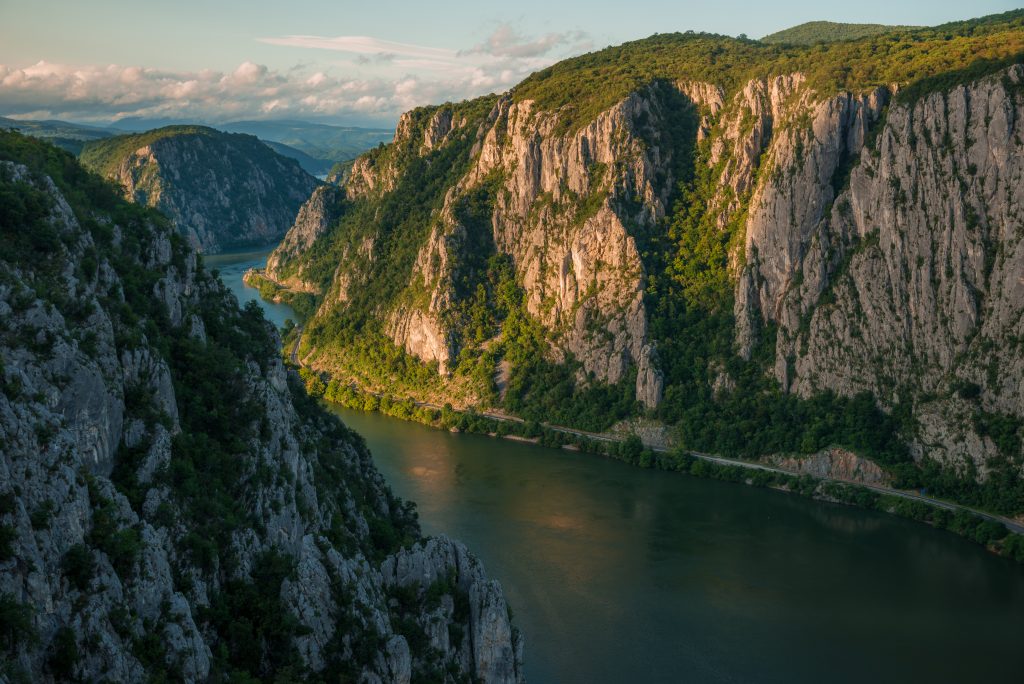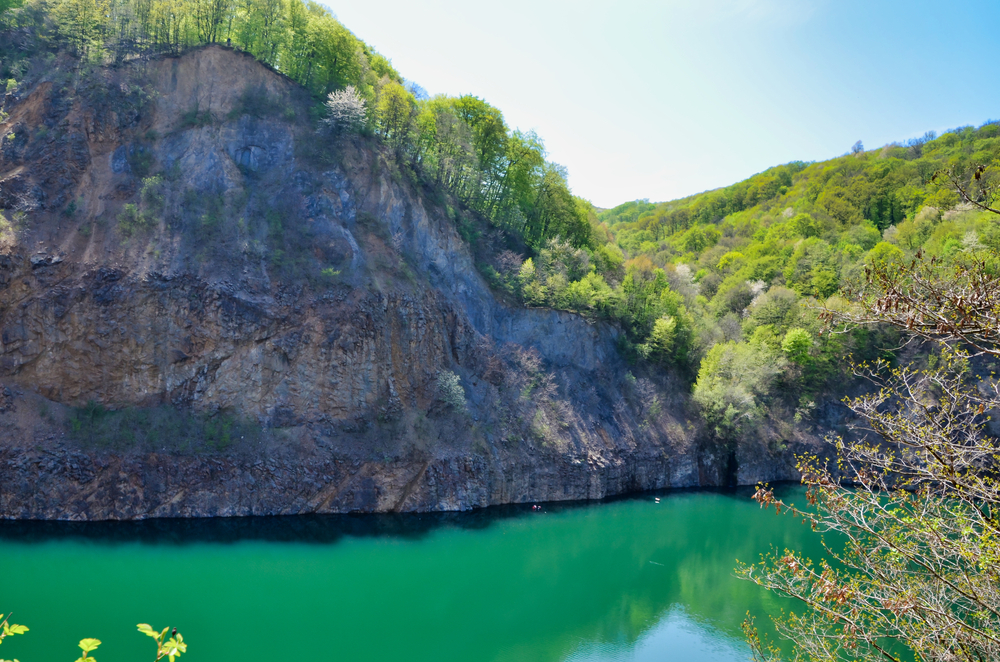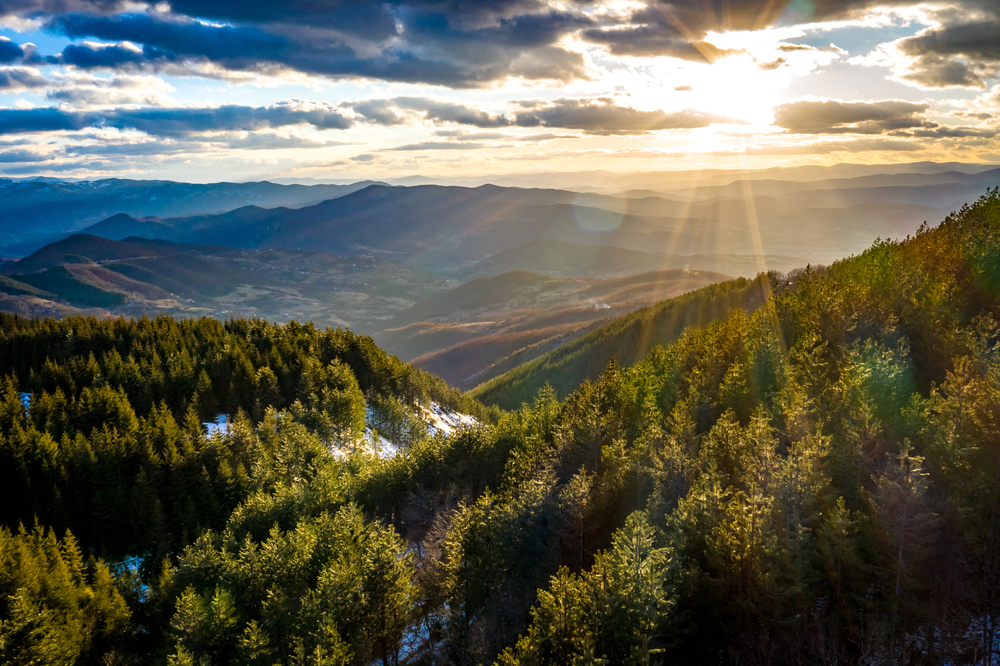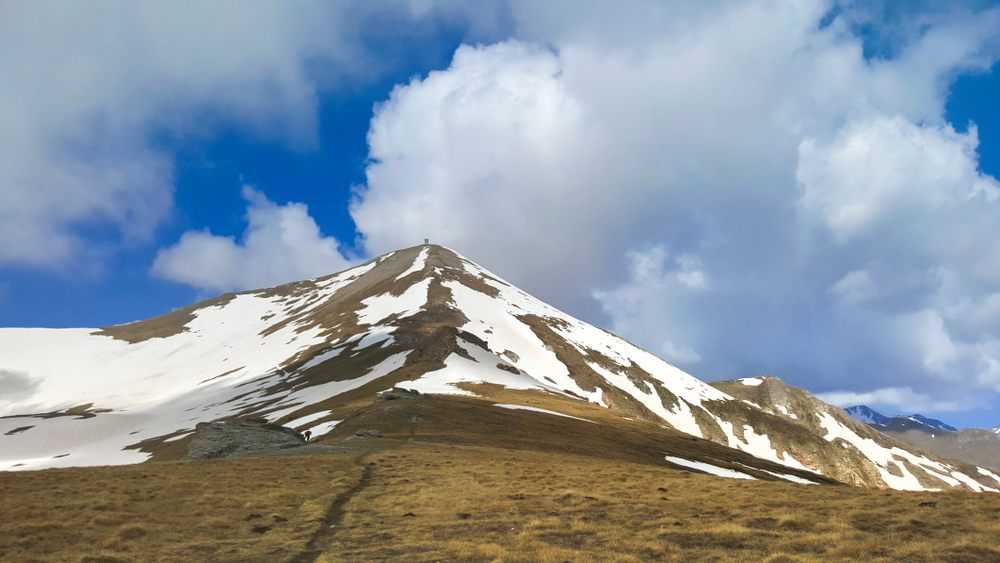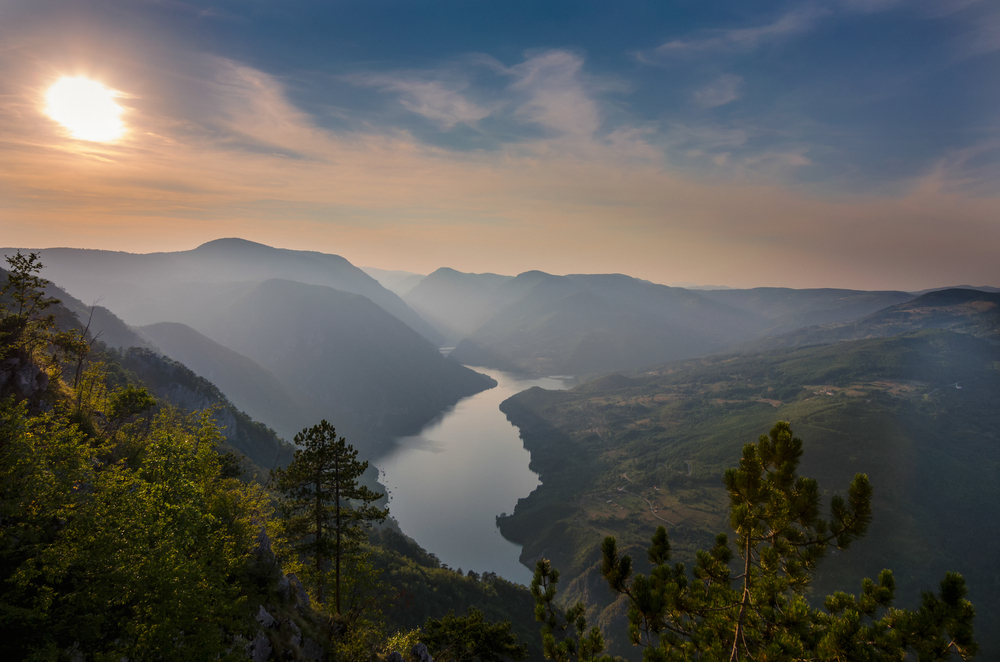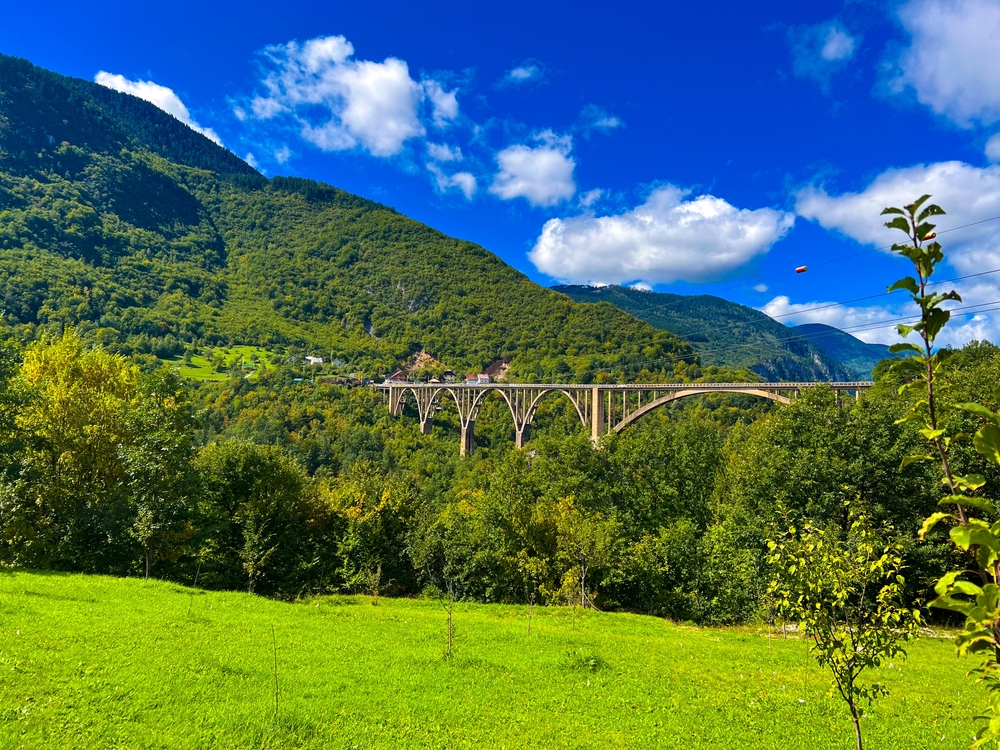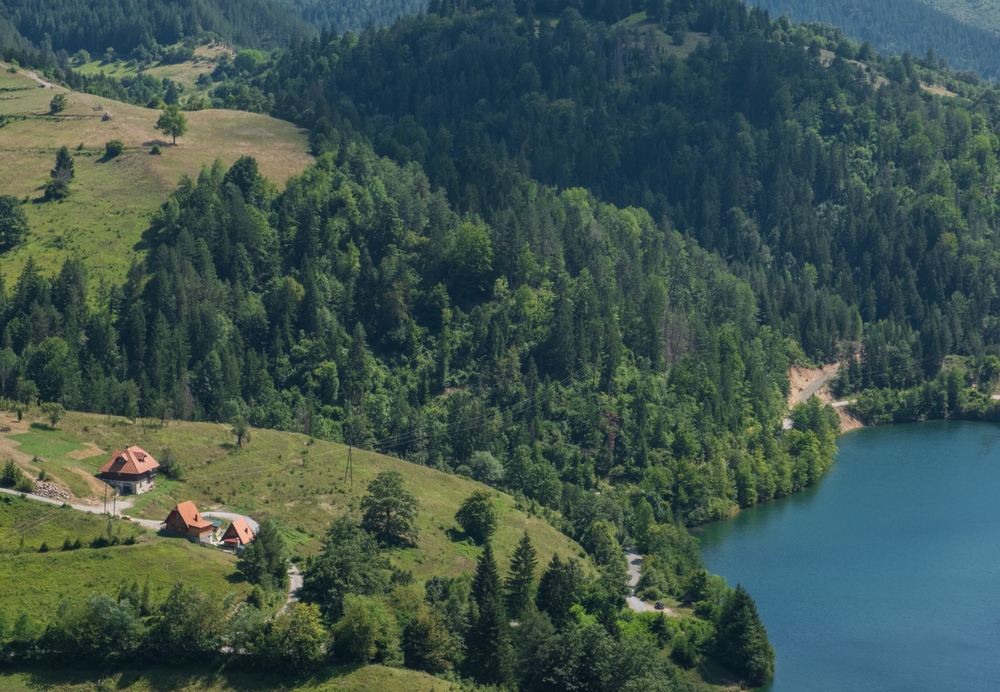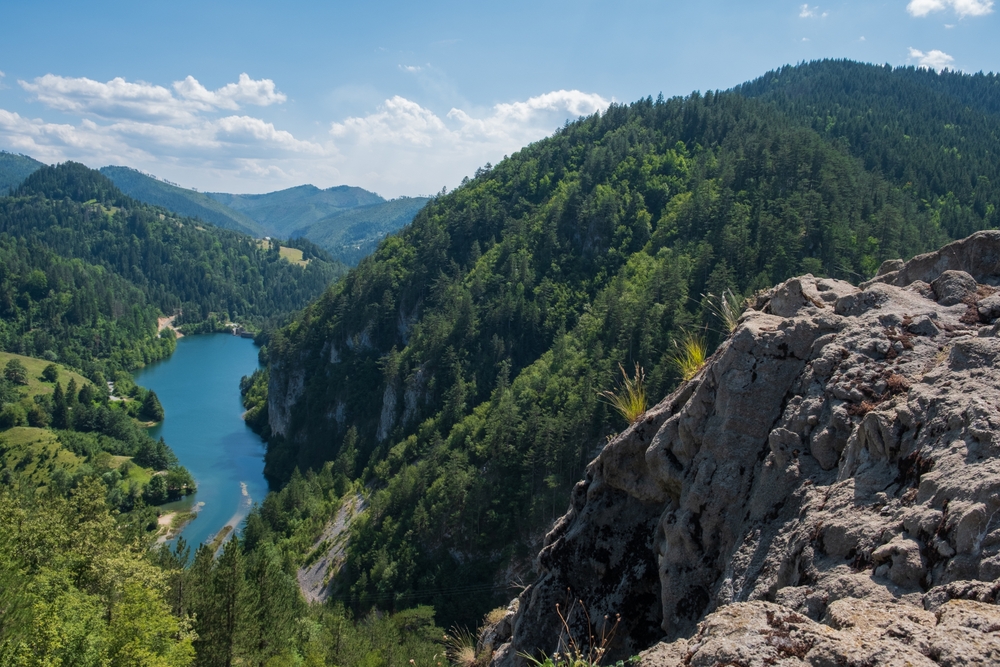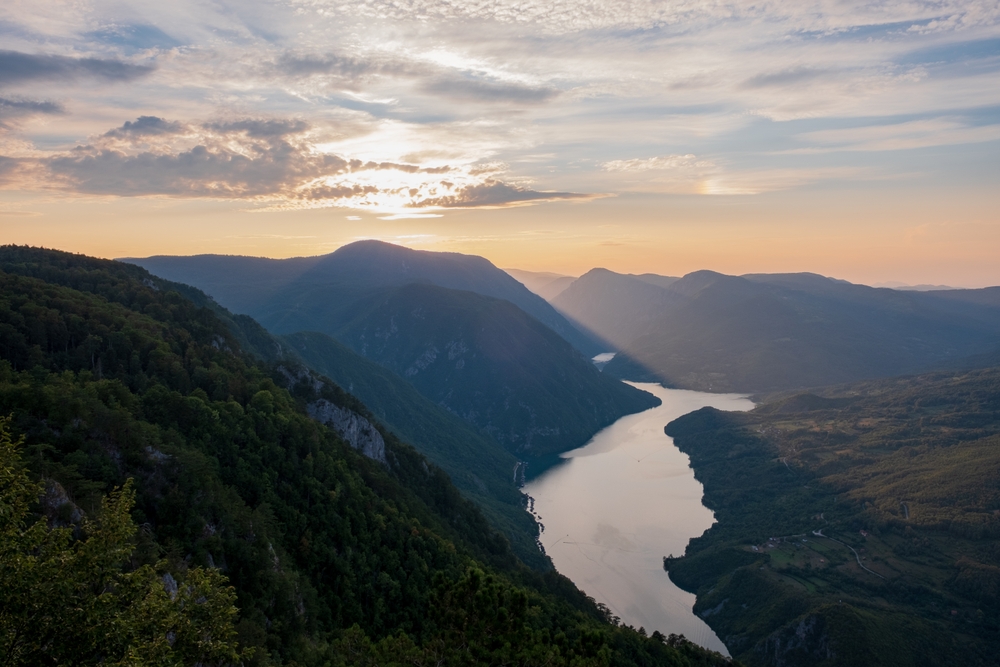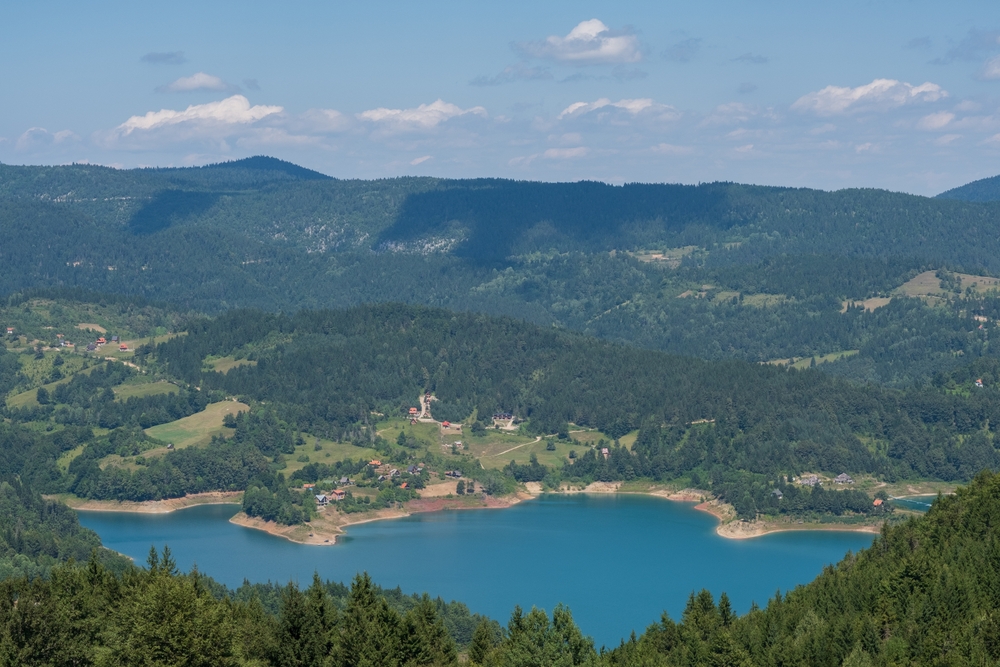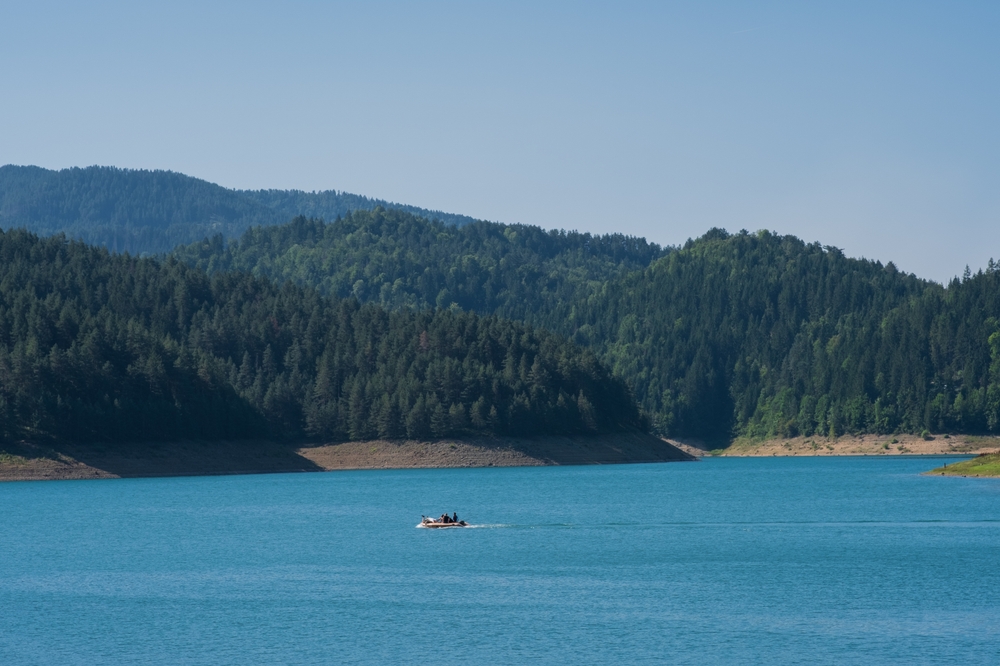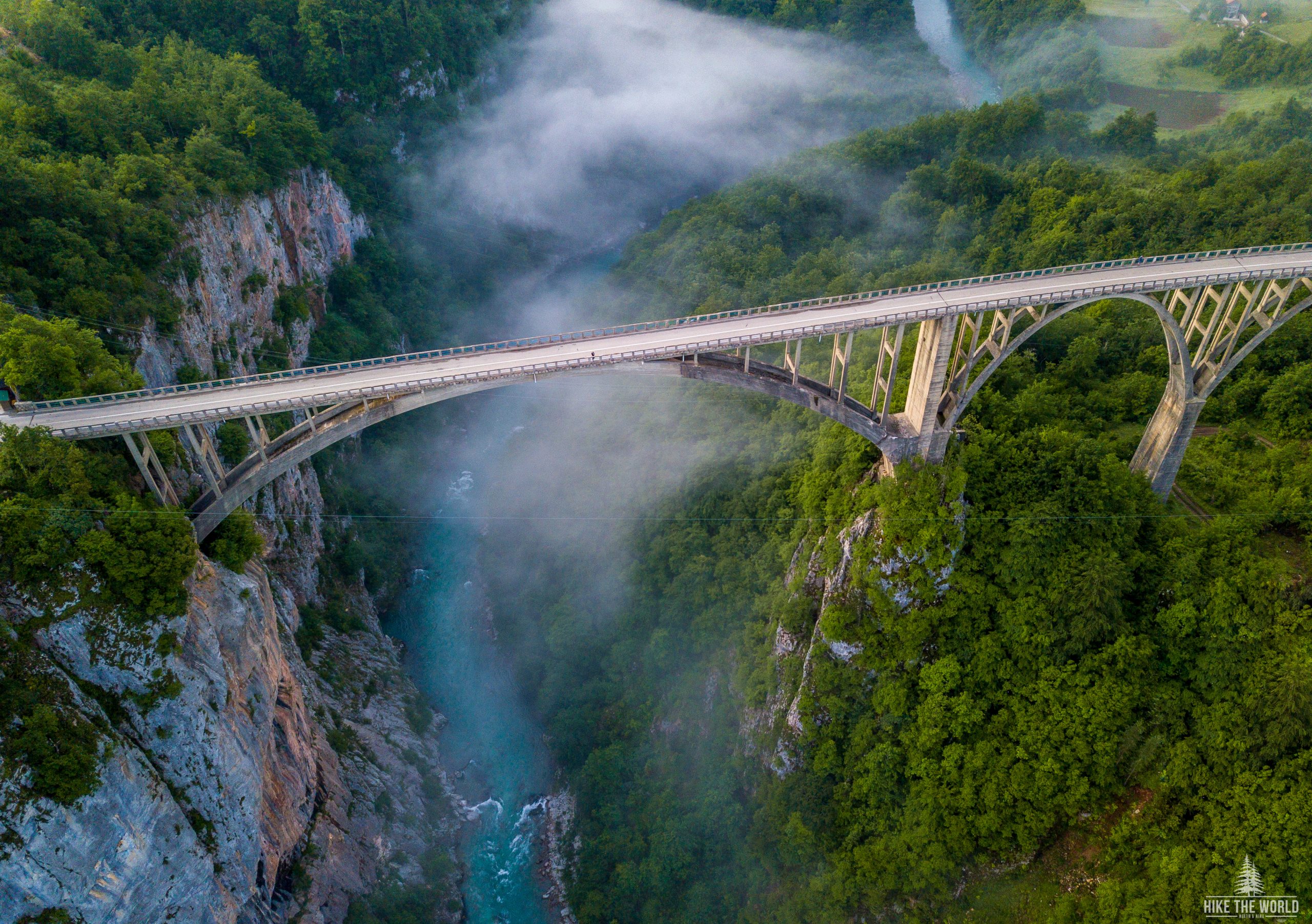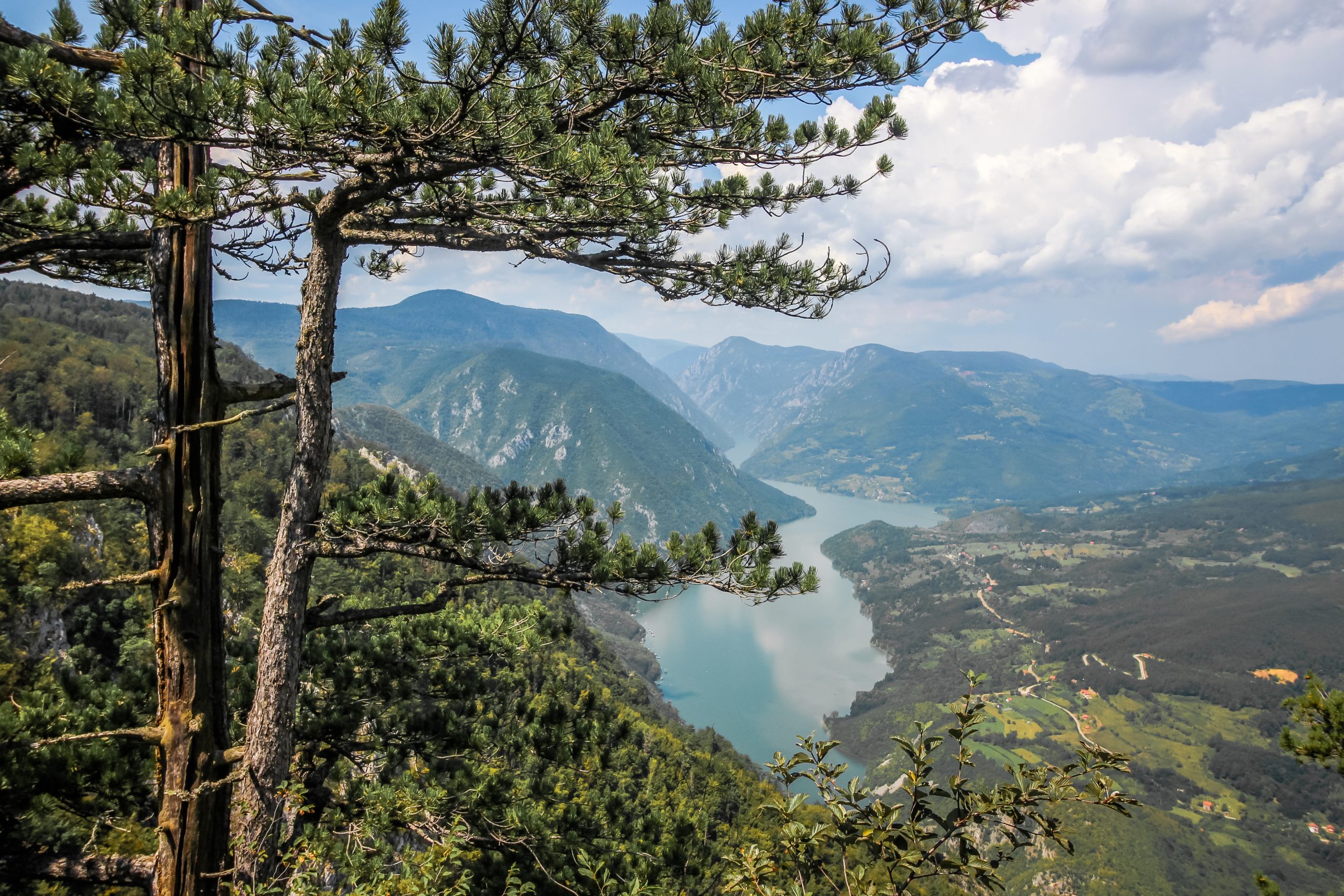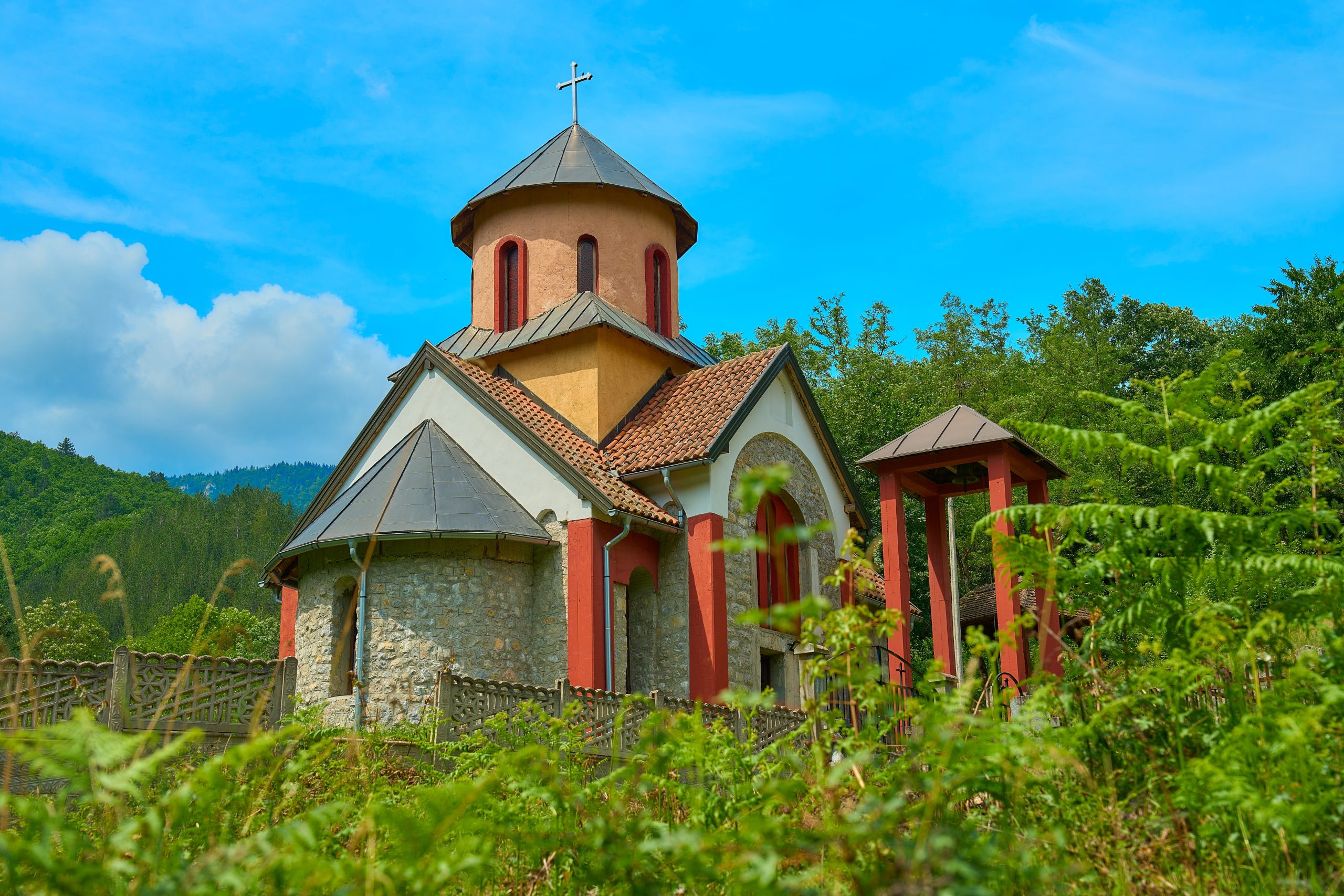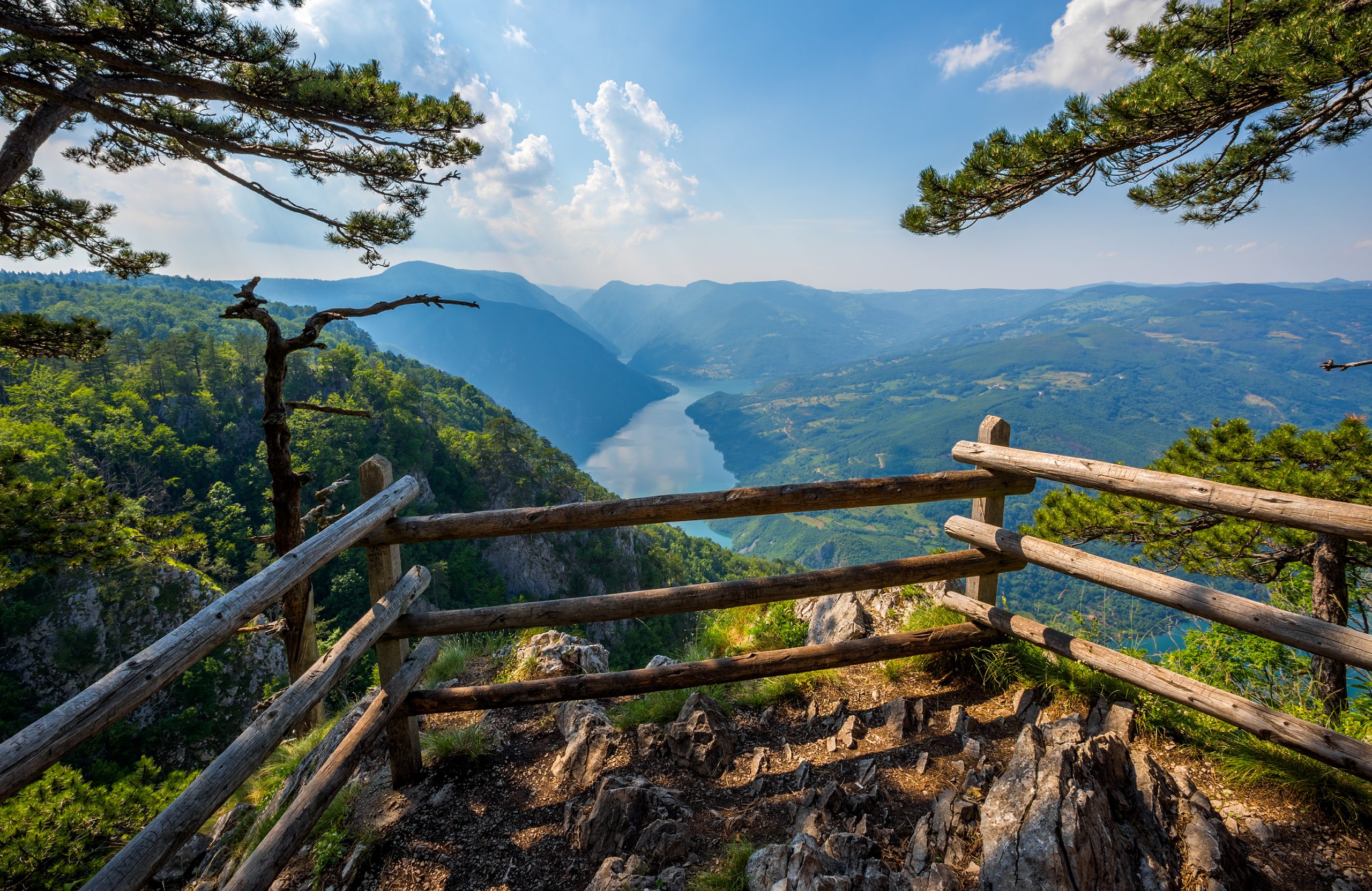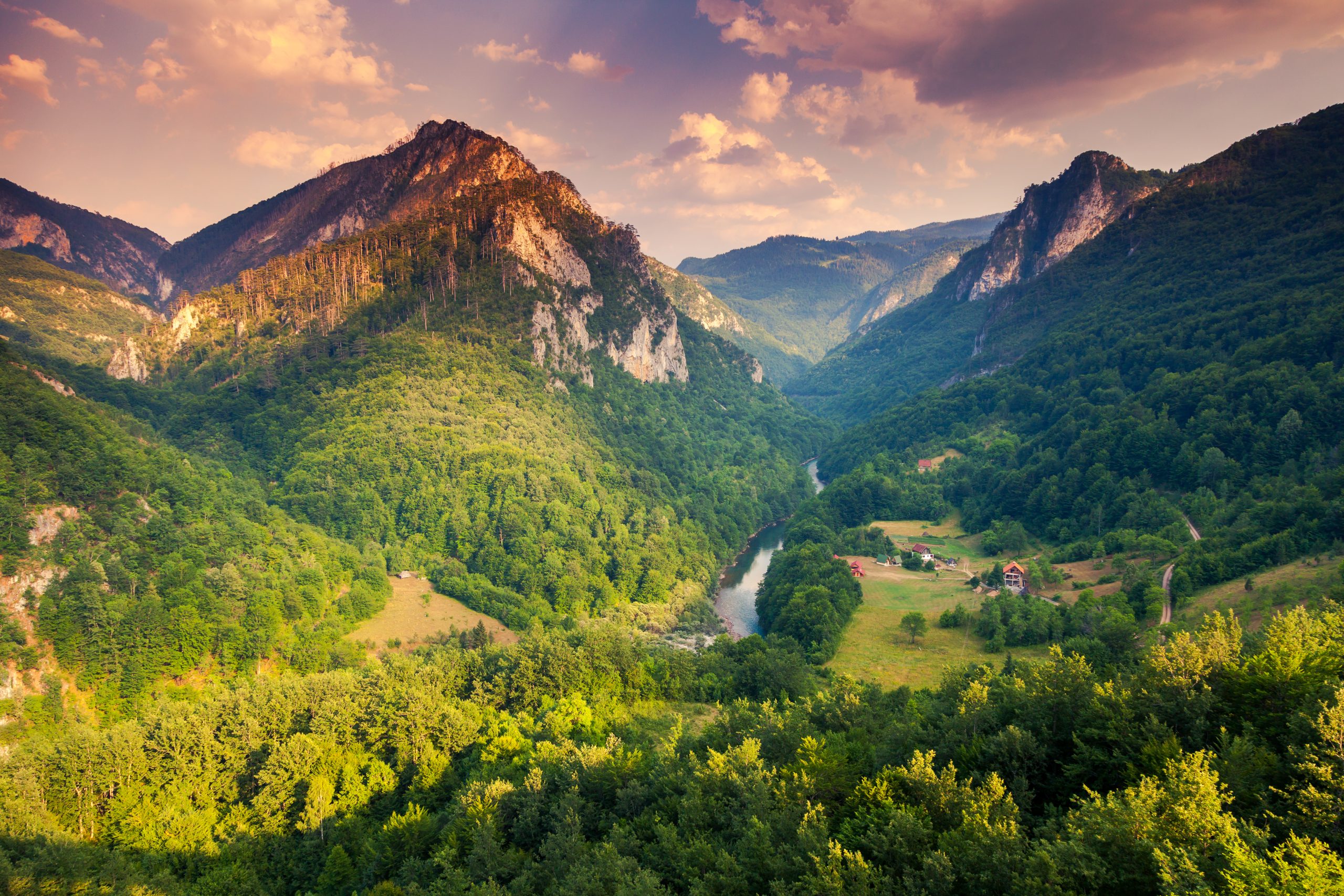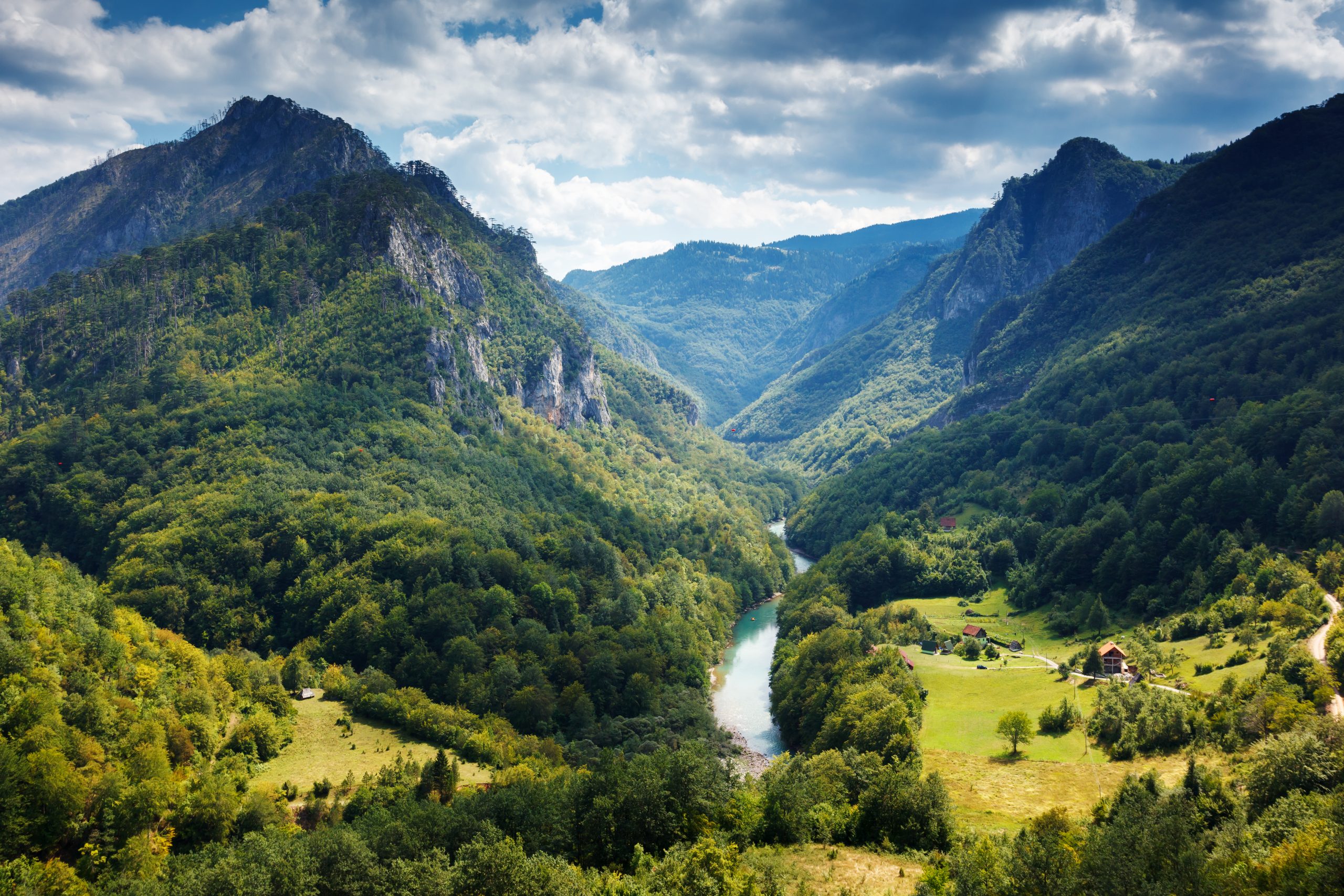Tara Overview
Tara National Park, known locally as Nacionalni park Tara, is a gem of Serbia’s natural heritage. Spanning an area of approximately 93 square miles (240 square kilometers), it is situated in western Serbia, near the border with Bosnia and Herzegovina.
The park is nestled within the Dinaric Alps and encompasses a significant portion of the Tara Mountain range, offering visitors breathtaking vistas and pristine landscapes. Its elevation varies dramatically, with peaks like Kozji Rid and Zborište providing remarkable viewpoints over the lush terrain below.
The park’s terrain is characterized by rugged limestone gorges, dense forests, and sweeping plateaus. One of the most iconic features is the Drina River Canyon, a deep and picturesque gorge that meanders along the park’s western boundary. The canyon, one of Europe’s deepest, offers dramatic cliffside views and turquoise waters.
Dense coniferous and deciduous forests cover over 75% of Tara National Park, making it one of Europe’s most forested areas. Serbian spruce, an ancient and endangered species endemic to the region, stands out as a unique and symbolic feature of the park’s flora. Other vegetation includes diverse wildflowers, moss-covered boulders, and beech trees that lend the park a vibrant and ever-changing seasonal palette.
Tara National Park is home to an abundance of wildlife. Brown bears are perhaps the most notable residents, as the park is considered one of their last strongholds in the region. Other mammals include wolves, lynx, wild boar, and roe deer.
Bird enthusiasts will find delight in spotting golden eagles, peregrine falcons, and the rare Ural owl, among more than 130 bird species documented in the park. Additionally, the park’s rivers and streams are rich in aquatic life, including trout and grayling, which thrive in the cold, clear waters.
Popular features of Tara National Park include Banjska Stena, a famous lookout point that offers panoramic views of the Drina River Canyon, and the charming Rača Monastery, a 13th-century Serbian Orthodox site tucked within the forest.
Visitors also flock to the Zaovine Lake, an artificial reservoir surrounded by wooded hills, perfect for fishing, kayaking, or simply enjoying the serene beauty. Trails crisscross the park, making it a haven for hikers and mountain bikers, while guided tours offer educational insights into the park’s unique ecosystems.
Conservation efforts in Tara National Park have focused on protecting its biodiversity and iconic Serbian spruce. While challenges like illegal logging and habitat fragmentation persist, the park’s management has achieved significant successes in wildlife monitoring and sustainable tourism.
Reforestation projects and community engagement initiatives are helping to preserve the park’s delicate ecosystems. Ecotourism plays a vital role in supporting these efforts, with visitors encouraged to explore responsibly and contribute to the park’s protection.
Park Map
Tara National Park Highlights
Engaging Tara National Park
Related National Parks More Serbia
Sources
- Britannica, Tara National Park, https://www.britannica.com/place/Tatra-National-Park, retrieved August 2024.
- Explore Serbia, Tara National Park, https://explore-serbia.rs/en/things-to-do-in-the-national-park-tara/, retrieved August 2024.
- Serbia Transfers, Tara National Park, https://serbiatransfers.com/what-to-do-and-see-at-tara-mountain/, retrieved August 2024.
- Taradrina, Tara National Park, https://taradrina.com/en/turisticka-ponuda/tara-national-park/, retrieved August 2024.
- Visit Serbia, Tara National Park, https://www.serbia.travel/en/experience-serbia/nature/national-parks/tara-national-park, retrieved August 2024.











































































